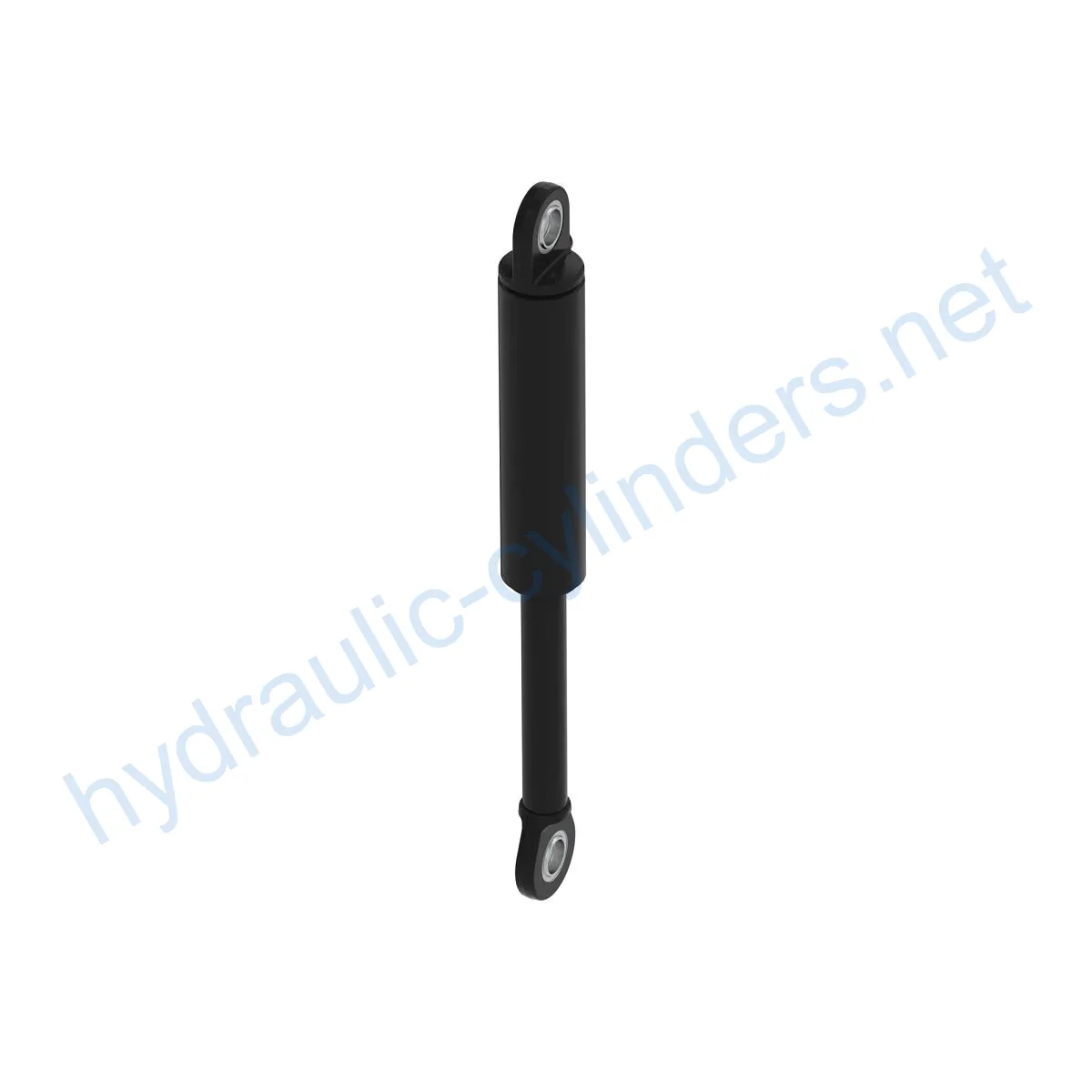Replacement Of F675746 Hydraulic Cylinder
As one of the hydraulic cylinders manufacturers, suppliers, and exporters of mechanical products, We offer hydraulic cylinders and many other products.
Please get in touch with us for details.
Mail:sales@hydraulic-cylinders.net
Manufacturer supplier exporter of hydraulic cylinders.
Introduction
The Replacement Of F675746 Hydraulic Cylinder is a crucial component used in various industrial applications. It plays a vital role in ensuring the proper functioning of equipment. This article provides an in-depth understanding of the specifications and models of this hydraulic cylinder, along with its features, applications, maintenance tasks, safety considerations, troubleshooting, design considerations, and company profile.
Specifications and Models
The Replacement Of F675746 Hydraulic Cylinder has the following specifications:
- Weight: 76 lb
- Height: 4.75 in
- Width: 5.75 in
- Length: 31.5 in
It is compatible with the following machine models:
- 1010E
- 1110E
- 1110G
- 1210E
- 1210G
- 1510E
- 1510G
- 1910E
- 1910G
Features
The Replacement Of F675746 Hydraulic Cylinder offers several key features:
- Improved Equipment Performance: By replacing damaged or worn-out hydraulic cylinders, the equipment’s normal operational capabilities can be restored, ensuring optimal performance in various applications.
- Enhanced Safety: Regularly replacing hydraulic cylinders reduces safety hazards caused by cylinder failures, ensuring the safety of operators and equipment.
- Overload Protection: Modern cylinder designs often incorporate improved overload protection mechanisms, enhancing safety.
- Quick Installation: The design of modern hydraulic cylinders is typically user-friendly, allowing for easy installation and replacement, minimizing downtime.
- Standardized Components: Many hydraulic cylinders are standardized products, making it easier to obtain replacement parts in the market.
Applications
The Replacement Of F675746 Hydraulic Cylinder finds application in various scenarios, including:
- Excavators: Hydraulic cylinders in excavator arms or buckets may require replacement due to prolonged use or overloading, ensuring proper operation.
- Cranes: Crane boom hydraulic cylinders are prone to wear and tear due to frequent lifting and lowering, necessitating regular replacement for safety.
- Tractors: Front-end loader hydraulic cylinders in tractors may experience leaks or performance degradation during constant lifting and tilting operations, requiring replacement.
- Harvesters: Hydraulic cylinders in harvesters endure high pressure during the harvesting process and may suffer fatigue damage, necessitating timely replacement to maintain work efficiency.
- Automated Production Lines: Hydraulic cylinders are used to control robotic arms and other automated equipment. Cylinder failures can significantly impact production efficiency, requiring immediate replacement.
- Die Casting Machines: Under high-pressure and high-temperature conditions, hydraulic cylinders in die casting machines may experience performance degradation. Regular replacement ensures product quality.
- Mining Equipment: Hydraulic cylinders are used in mining equipment for lifting and moving heavy loads. Due to harsh working environments, regular inspection and replacement are necessary to avoid equipment failure.
- Bulldozers: Hydraulic cylinder wear in bulldozer blade arms can lead to decreased pushing ability, requiring timely replacement to maintain operational efficiency.
Maintenance Tasks
Regular maintenance tasks for the Replacement Of F675746 Hydraulic Cylinder include:
- Periodic Inspection: Regularly inspecting the hydraulic cylinder for any signs of wear, leaks, or damage is essential to identify potential issues.
- Proper Lubrication: Adequate lubrication with the recommended hydraulic oil is crucial to ensure smooth operation and prevent premature wear.
- Seal Replacement: Timely replacement of piston seals, rod seals, and other seals is necessary to maintain proper sealing and prevent leakage.
- Calibration Check: Checking and calibrating the hydraulic cylinder’s performance parameters, such as stroke and pressure, helps maintain its optimal functioning.
Safety Considerations and Environmental Factors
When using the Replacement Of F675746 Hydraulic Cylinder, it is essential to follow safety measures to prevent accidents. Proper safety precautions should be taken during installation, usage, and maintenance to ensure the well-being of operators and equipment. Additionally, considering environmental factors while using the hydraulic cylinder helps minimize its impact on the surroundings.
Troubleshooting and Common Issues
Common troubleshooting and issues related to the Replacement Of F675746 Hydraulic Cylinder include:
- Leakage: Identifying and resolving hydraulic cylinder leaks by inspecting seals, connections, and hydraulic lines.
- Slow Operation: Troubleshooting slow cylinder operation, which may be caused by insufficient hydraulic fluid, internal obstruction, or other factors.
- Noise and Vibration: Identifying and addressing abnormal noise or excessive vibration during hydraulic cylinder operation to prevent further damage.
Preventive Measures
To minimize potential problems, some preventive measures for the Replacement Of F675746 Hydraulic Cylinder include:
- Regular Inspections: Conducting periodic inspections to identify and address issues before they escalate.
- Proper Lubrication: Ensuring the hydraulic cylinder is adequately lubricated with the recommended hydraulic oil and following the manufacturer’s guidelines.
- Correct Installation: Providing proper guidance for aligning the cylinder during installation and recommending the use of suitable installation brackets to secure the cylinder.
- Recommended Inspection, Repair, and Replacement Procedures: Offering guidance on inspection, repair, and replacement processes to extend the cylinder’s lifespan.
- Replacement Parts and Rebuilding Services: Providing replacement parts and rebuilding services to ensure the hydraulic cylinder’s continued functionality.
- Tips for Prolonging the Lifespan: Offering tips and techniques to enhance the lifespan of the hydraulic cylinder, such as proper maintenance, avoiding overloading, and correct usage.

Design Considerations and Selection Criteria
When considering the design and selection of the Replacement Of F675746 Hydraulic Cylinder, several factors should be taken into account:
- Load-Bearing Capacity: The hydraulic cylinder’s ability to withstand the intended load is crucial for optimal performance.
- Sealing Capability: Choosing appropriate seals, such as piston seals and rod seals, ensures effective sealing and prevents leakage.
- Durability: The hydraulic cylinder should be designed to withstand the anticipated operating conditions and provide long-term durability.
- Safety: Incorporating safety features and considering safety standards during the design process is essential for operator protection.
- Maintainability: Designing the hydraulic cylinder for easy maintenance, repair, and replacement helps minimize downtime and enhances overall efficiency.
Take a Tour of Our VR Factory:
Take a tour of our VR factory with the following
Hydraulic Cylinder Application:


